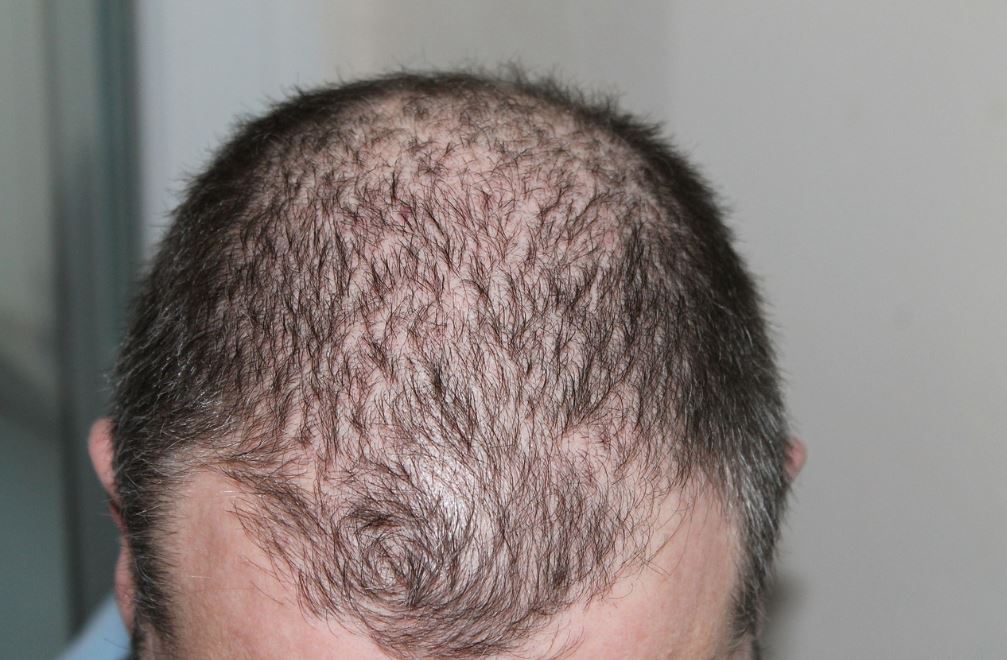
For many men, hair loss is an inevitable part of life – with two-thirds of men experiencing some degree of loss by age 35. For those of you worried, or at least interested in the phenomenon, here are the seven main causes of balding along with some tips on how to treat them:
- It’s genetic
Male pattern baldness, or the familiar u-shape balding patch many men develop, is purely genetic and passed down from both sides of the family.
The prescription tablet Finasteride (often sold as “Propecia”), is effective for 90% of men. The drug interferes with the conversion of testosterone to another hormone called 5 alpha-dihydrotestosterone (or DHT) by significantly decreasing DHT levels. Propecia has been shown to reduce scalp DHT (the main culprit of hair loss) levels by up to 60 percent.
- You’re growing older
From 30 onward, your hair growth naturally starts to slow and volume decreases.
Nowadays, many men are embracing hair loss. However, if that’s not you, prescription tablets, Minoxidil lotion and hair transplants are all clinically effectives options.
- You’re not eating right
Like the human body, hair needs nutrients to grow and stay healthy. Sudden weight loss, low iron levels, or a poor diet can all lead to hair shedding, temporarily.
The key to remediating this type of hair loss is eating a healthy, well-balanced diet with plenty of protein, iron, zinc, and biotin. Foods such as legumes like kidney beans and lentils are ideal.
- You’re too stressed
Despite what many people think, stress is a very rare cause of hair loss. Only one type of hair loss, telogen effluvium, is caused by intense physical or emotional stress. This hair loss causes a sudden widespread thinning, rather than a receding hairline.
Removing the stress is, of course, best, but if you can’t do that, try to just manage it by exercising or going to therapy. With those changes, hair growth should return in about 6 months.
- Your hair is too tight
Maybe it’s time to take down that man bun. Any hairstyle that damages your scalp (a la braids, cornrows, etc.) can result in hair loss.
Take care of your scalp by using moisturizing shampoos and conditioners, and avoid dying your hair too often without a break.
- You may have psoriasis
Psoriasis is the buildup of skin cells forming scales and itchy, dry patches, can cause an overproduction of skin cells visible as large white flakes. This can easily be mistaken with dandruff. However, unlike dandruff, this condition can sometimes damage hair follicles and lead to temporary hair loss.
Males who have psoriasis should consult their doctors to receive treatments such as medicated shampoos. Hair growth should return to normal once the condition receives appropriate attention.
- You may have seborrheic dermatitis
Small red patches on the scalp that are often itchy, this is caused by an inflammatory response in your scalp and can cause hair loss in patches on your head.
Try to avoid scratching as this can lead to a secondary infection, then seek advice and treatment from your doctor. Hair growth should resume once the scalp is less inflamed.
Curated article from: Visually
